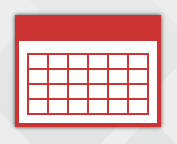Putting User Story into Diagram
User story is a very important component in capturing and managing requirements. In Visual Paradigm you can create and manage user stories in agile development (scrum) approach using UeXceler. The user stories you created in UeXceler is not just for requirement management purpose, they can also visualize on diagram to provide extra annotation to visual models. To put your user story into diagram: Read more


 The
The 
 Floating license enables users to share the
Floating license enables users to share the 
 The
The 

